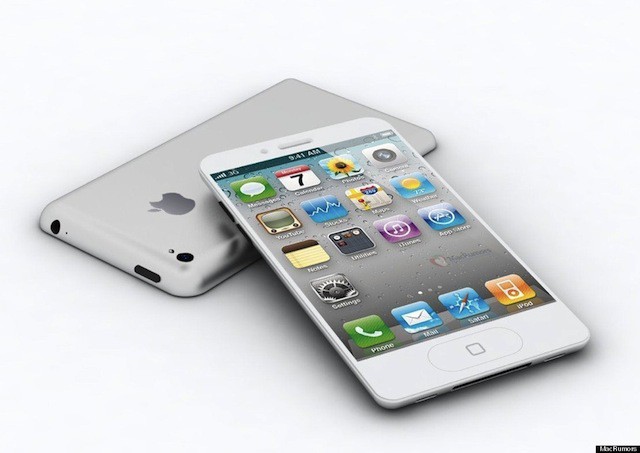If you need another reason why iPhone rivals just don’t get it, there’s word four of the largest smartphone makers plan to introduce fewer models in a bid to replicate Apple’s success. Ah, if it were only so simple.
According to the Taiwan-based industry publication DigiTimes, HTC, Research in Motion, Sony and Motorola Mobility will reduce the number of handsets they unveil to focus on “designated models.” The goal is to put more development resources into just a few phones, similar to how Apple introduces one iPhone per year. Apple’s courtroom pal Samsung has had some success using this tactic to sell its Galaxy S II handset.
“The strategy shifts come after Apple and Samsung Electronics have apparently managed to widen their market share against rival vendors by focusing on a single or some flagship models each year,” DigiTimes writes, citing industry sources. Apple nearly doubled its share of the U.S. smartphone market during the third quarter of 2011, jumping to 43 percent from 26 percent, a recent report concluded. By the same token, Samsung sold 10 million Galaxy S II handsets during the first half-year it was available.
While this new tactic appears to suggest iPhone rivals want to offer consumers a better product by promoting fewer handsets, the reality is Apple’s rivals are looking for ways to save money. Not only would the strategy reduce marketing and development expenses, but also cut costs for parts and shipping.
No, to emulate Apple or even Samsung, rivals will need to do something more — like produce a product people want to buy. Samsung’s Galaxy S II sales are taking off not simply because the company is focused on fewer products, but because the device is one of only a few Android products that will use version 4.0 of Google’s mobile operating system. Up until recently, Android handsets have been hindered by a bifurcated OS, an issue that has meant problems for consumers looking for a device they can reliably expect to operate.
The second reason for Apple’s success is its tightly-integrated manufacturing process that extends from the initial design to how apps are purchased. So far, rival handsets are built using parts from a number of suppliers, designed by several companies, powered by software customized in myriad ways and sold through varied channels.
Focusing on the number of handsets produced per year as the sole key to Apple’s success, makes as much sense as saying consumers will buy a product if it has a touch screen, is super-thin, or has any number of features the iPhone has branded as its own.


